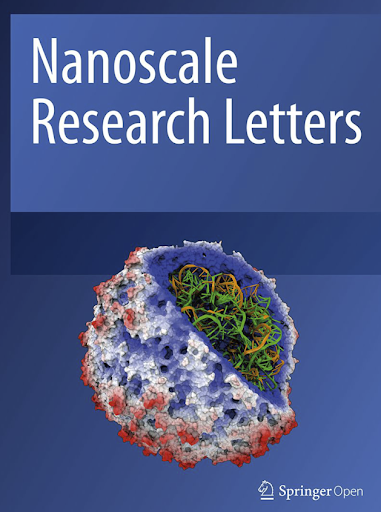This research proposes an analytical solution of the nano-concrete-epoxy interaction area within nano crack region of the reinforced concrete beam by applying Newton’s third law in static equilibrium. For deriving the governing equation, the imaginary beam with free ends (no support) is considered within nano crack region. This imaginary beam is acted along the imaginary line of concrete-epoxy interface. Newton’s third law is applicable for deriving the governing equation because of assuming the absence of frictional and other external forces. The parametric study is performed for implementing the proposed formula of nano interactive area considering variable nano crack depths and thicknesses. The nano interactive area is increased gradually with the increment of depths and thicknesses based on the parametric study because of linear functionality of interactive area and geometry of nano crack region. The maximum interactive area is found to be 314 nm2 at 0.6 ratio of depths and thicknesses of the nano crack. The incremental differences in interactive area between the crack depth or thickness ratios of 0.1 and 0.6 are found to be 25.4% and 1.6% for variations of the crack depth and thickness ratios, respectively. So, the crack depth shows higher impact on the interaction area compared to the thickness of the crack. However, there is a scope for enhancing this research in future by deriving closed-formed analytical formulations to consider appropriate boundary conditions.



